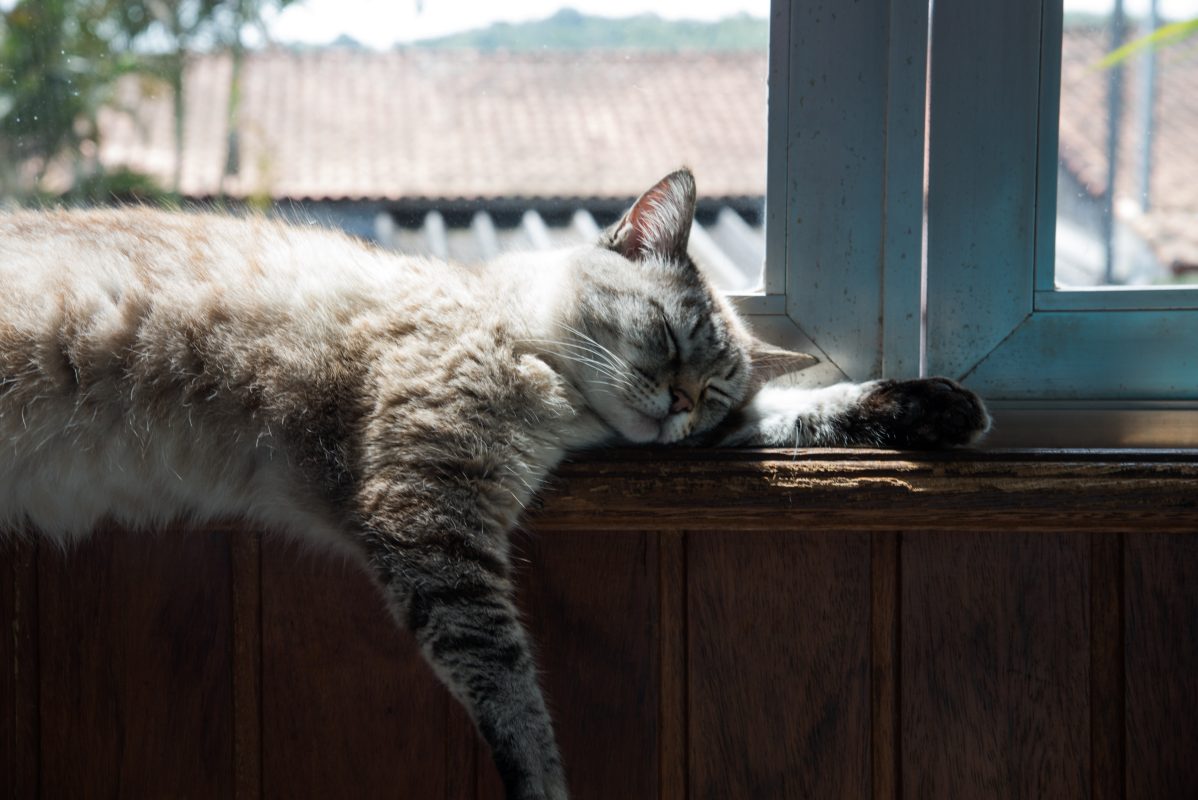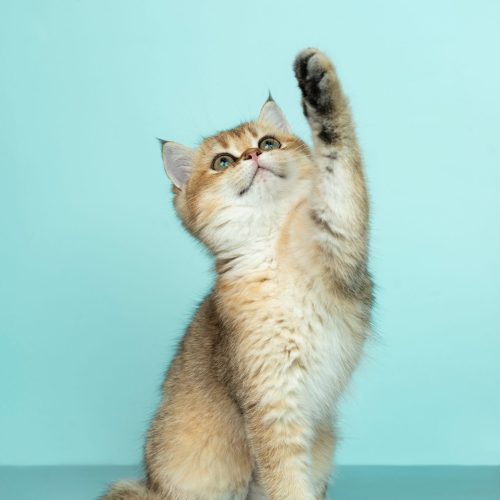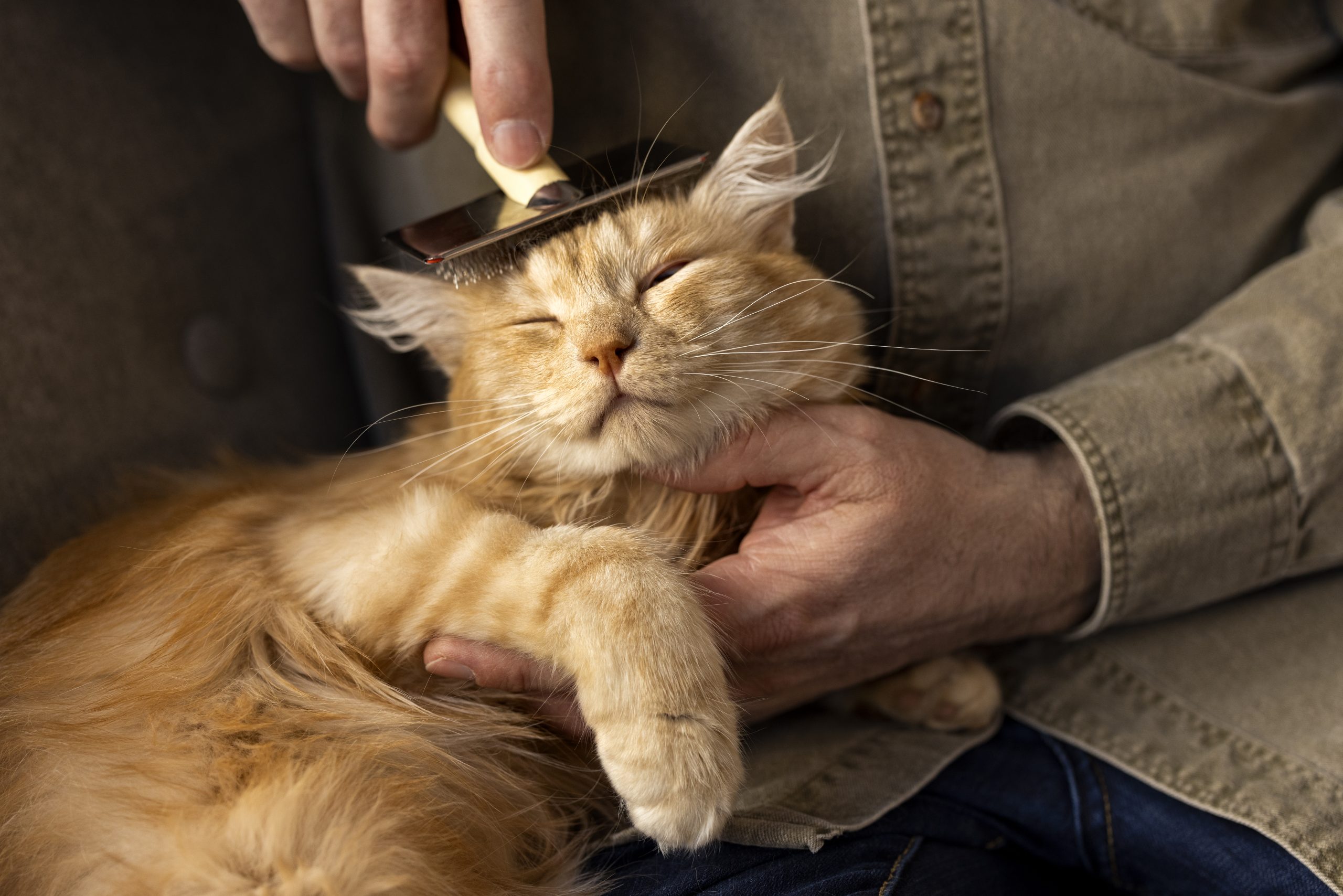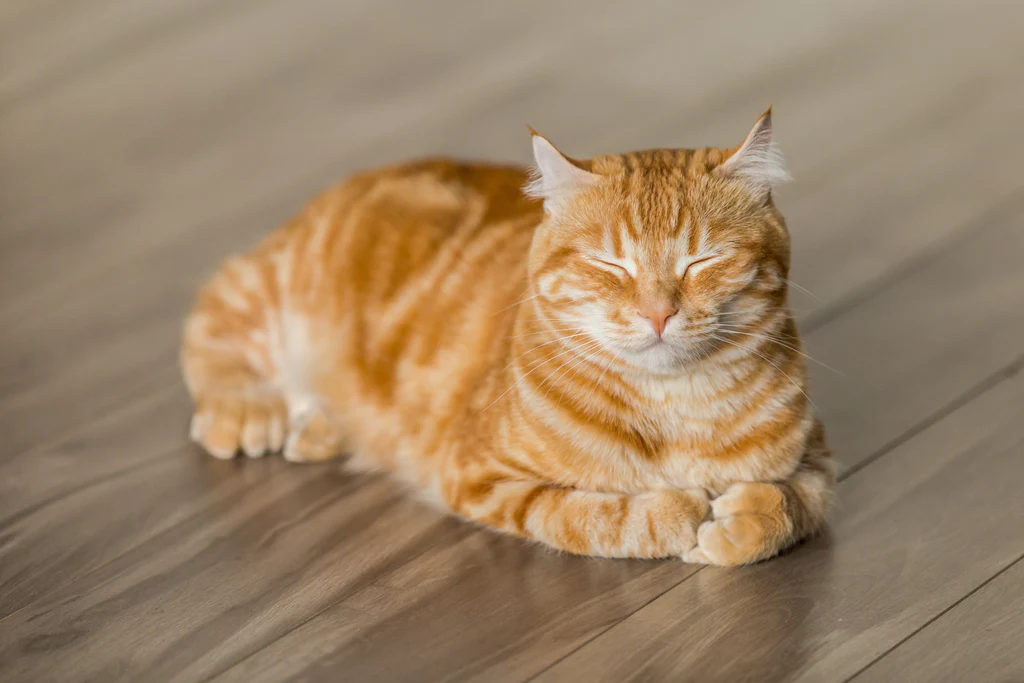Proper grooming is essential for the health and well-being of your feline friend. Regular grooming not only keeps your cat’s coat clean and shiny, but it also helps to prevent matting, hairballs, and skin irritations. Grooming also provides an opportunity for you to bond with your cat and to check for any signs of illness or injury. Cats are known for their meticulous self-grooming habits, but they can still benefit from a little extra help from their human companions, especially with the right cat brush.
Different types of cat brushes
When it comes to choosing a cat brush, there are several different types to consider. Each type of brush is designed for a specific purpose and coat type. The most common types of cat brushes include:
- Slicker Brush: This brush has fine, short wires close together, making it perfect for removing loose hair and preventing mats. It is suitable for cats with medium to long hair.
- Deshedding Brush: This brush efficiently removes loose fur and reduces shedding, helping to maintain a healthier coat and a cleaner home.
- Comb: A comb is a versatile tool that can be used to detangle mats and remove loose hair. It is particularly useful for cats with long hair.
- Rubber Brush: This brush has soft rubber bristles that are gentle on your cat’s skin and coat. It is great for removing loose hair and massaging your cat at the same time.
- Grooming Glove: This glove has rubber or silicone bristles on the palm and fingers, allowing you to groom your cat by simply petting them. It is a great option for cats who are afraid of traditional brushes.

Cat Grooming
Factors to consider when choosing a cat brush
Before you rush out to buy a cat brush, there are a few factors you should take into consideration. First and foremost, you need to consider your cat’s coat type. Cats with long, thick fur will require a different brush compared to cats with short, smooth fur. Additionally, you should think about your cat’s temperament. Some cats may be more sensitive to certain types of brushes, so it’s important to choose a brush that your cat will be comfortable with. Finally, consider the ease of cleaning the brush. Look for brushes that are easy to clean and maintain, as this will make grooming sessions more efficient and enjoyable for both you and your cat.
Step-by-step guide on how to groom your cat
Grooming your cat can be a relaxing and rewarding experience for both you and your furry companion. Here is a step-by-step guide on how to groom a cat:
1. Prepare the grooming area: Find a quiet and comfortable space where you can groom your cat without distractions. Place a towel or mat on a table or the floor to make the area more comfortable for your cat.
2. Start with a gentle brush: Begin by using a gentle brush to remove any loose hair and tangles. Start at your cat’s head and work your way down to the tail, using long, gentle strokes.
3. Check for mats: As you brush, be on the lookout for mats or tangles in your cat’s fur. Use a comb or slicker brush to gently work out any mats, being careful not to pull or tug on your cat’s hair.
4. Trim the nails: If your cat’s nails are long, you may need to trim them. Use a pair of cat nail clippers and be careful to avoid cutting the quick, which is the pink part of the nail that contains blood vessels.
5. Check the ears and eyes: Take this opportunity to check your cat’s ears and eyes for any signs of infection or irritation. If you notice anything unusual, consult your veterinarian.
6. Reward your cat: After the grooming session, reward your cat with a treat or some extra playtime. This positive reinforcement will help your cat associate grooming with a positive experience.
How often should you groom your cat?
The frequency of grooming sessions will depend on your cat’s breed, coat type, and individual needs. Cats with long hair may require daily grooming to prevent matting, while cats with short hair may only need grooming once a week. Regular grooming is particularly important during shedding seasons, when cats tend to shed more hair. It’s also a good idea to check your cat’s coat regularly for any signs of fleas, ticks, or skin irritations.
Other grooming tools for cats
In addition to a cat brush, there are several other grooming tools that can help keep your cat looking and feeling their best. These include:
- Cat Nail Clippers: These specially designed clippers make it easy to trim your cat’s nails safely and efficiently.
- Cat Shampoo: If your cat gets particularly dirty or has skin issues, you may need to give them a bath. Look for a cat shampoo that is specially formulated for their sensitive skin.
- Cat Wipes: Cat wipes are a convenient way to clean your cat’s fur between baths. They are especially useful for freshening up your cat’s face and paws.
- Cat Toothbrush and Toothpaste: Just like humans, cats need regular dental care. Brushing your cat’s teeth can help prevent dental problems and keep their breath fresh.
- Flea Comb: A flea comb is a useful tool for removing fleas and flea dirt from your cat’s coat. Regular use can help prevent flea infestations.
Key Takeaway
Grooming is an essential part of keeping your cat healthy and happy. By choosing the right cat brush and following a regular grooming routine, you can ensure that your cat’s coat remains clean, shiny, and tangle-free. Remember to be patient and gentle during grooming sessions, and always reward your cat with praise and treats. With the top 5 cat brushes for effortless grooming and a step-by-step guide on how to groom a cat, you’ll be well-equipped to provide your feline friend with the care they deserve.






